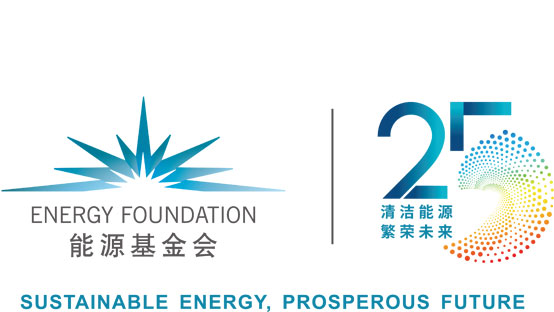May 12, 2019
Energy Consumption Limits for Electric Vehicles
In 2018, the China Automotive Technology and Research Center released this report with support from Energy Foundation China. The research team studied how to set a viable energy consumption standard for electric vehicles in China, which would be the world’s first such technical standard.
May 12, 2019
Decision-making Methods of Ship-generated Air Emission Control
With support from Energy Foundation China, Shanghai Maritime University released this research report in 2019. The report comprehensively analyzes the current status and challenges of ship emissions in China, and identifies key measures for emission reduction.
Jul 10, 2018
The Energy Efficiency and Product Technology Effectiveness Evaluation in the Large-scale Application of Electric Vehicles
In 2018, Beijing Institute of Technology released a research paper to evaluate the energy efficiency and technology effectiveness of electric vehicles on the road, The project was supported by Energy Foundation China.
Jul 10, 2018
Automotive Battery Recycling Mechanism and Policy for Shenzhen
In June 2018, the Green and Low-carbon Development Foundation released a report to propose a feasible mechanism and policy of automotive battery recycling for Shenzhen, a metropolis with a fast growing electric vehicle population. This project was supported by Energy Foundation China.
Dec 1, 2017
2017 Annual Report of China’s Passenger Vehicle Fuel Economy
With support from Energy Foundation China, the Innovation Center for Energy and Transportation studied China’s joint Corporate Average Fuel Consumption-New Energy Vehicle credits policy, and compared the new energy vehicle credits with California’s zero-emission vehicle integration mechanism. Through exploring the current status and future trends of the corporate-average fuel consumption in China, this annual report examines how the new energy vehicle credits and the dual credit policy can impact the auto industry.
Dec 1, 2017
2017 Annual Report on the Passenger Vehicle Fuel Economy Difference Between Real Road Data and Driving Cycles
With support from Energy Foundation China, the Innovation Center for Energy and Transportation examined the fuel economy difference between real road data and driving cycles from many perspectives, including vehicle classifications, car brands, testing regions, seasons, vehicle weights, fuel consumption levels in typical working condition, and best-selling models. The annual report also explores possible reasons behind the difference and provides technical support for fuel economy management in China.
Aug 10, 2015
Real-World and Certified Fuel Consumption Gap Analysis
This report attempts to flash out actual and certified FC gaps in China based on official FC certified data available and voluntary actual FC data collected from drivers across China through BearOil App and to suggest and assess reasons for causing the gap (e.g. by model and by location).
Jun 30, 2015
A proposal of China's ZEV program design
This brief is meant to inspire Chinese EV stakeholders to converse on the topic of ZEV program design and action plan for China. A former iCET report described the California ZEV program, evaluated its effectiveness through qualitative and quantitative research, and studied its history and inception process. This former work was introduced to national and local stakeholders in China, including the government, academic, and private sectors through workshops, round tables, and meetings. The process of stakeholders’ engagement was important on its own, as it unveiled concerns and challenges facing a China-tailored program.
Nov 1, 2014
ZEV credits regulation and cap and trade program
This project is aimed at evaluating recent innovative schemes for incentivizing sustainable vehicle and fuel production and financing clean transportation technology development through the industry players themselves. The first, the California Zero Emissions Vehicles (ZEV) credit scheme, is unique program that evolved over a twenty year period and was able to drive local low-emissions vehicle innovations through a mandate combined with market-based implementation mechanism. The second is a recent Cap-andTrade scheme aimed at incentivizing energy and fuel supply through market forces. The two programs, although not officially linked, are both serving similar air-quality improvement and fuel and GHG emissions reduction targets under the state’s scoping plan for better air quality and later on - reduced GHG emissions. After outlining these programs’ development and evaluating their success, this report will highlight the potential and impediments for similar programs design for implementation in Chinese cities.





